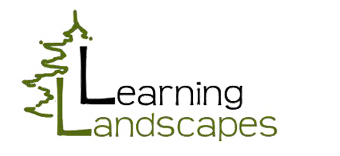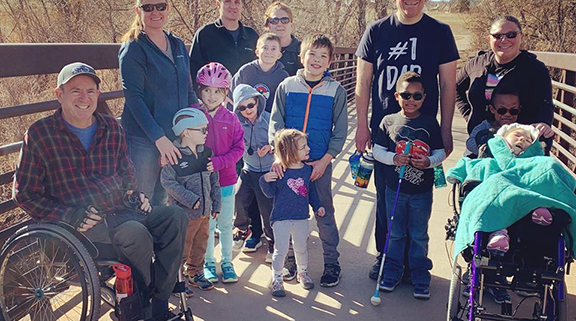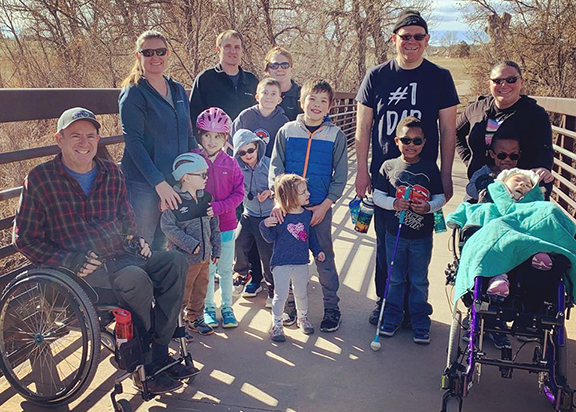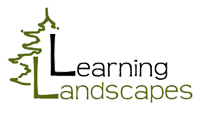Community Engagement in Inclusive Playground Design at Schools
Communities are often the driver behind the playground improvements at their community school. Community engagement in inclusive playground design is critical. This post provides a list of tools that School Districts can provide to communities as part of their inclusive playground guidelines that will create community advocates for universally accessible play areas at district wide schools.
Why Inclusive Play Areas?
We have long understood the value of play in child development. Recess is not just a a time for students to blow off steam. They build important social connections, reset their body from sitting for long periods of the day, and get a chance to destress and disconnect for a bit. School Districts understand the high value of play for students are are examining how their districts playgrounds address this need for ALL students. Universal Playground Design standards are a way for school districts to engage their communities as advocates.
Developing School District Standards for Universally Accessible Playgrounds
We recommend that the following documents are the Backbone for your district wide standards for Universally Accessible Playgrounds. You can see a detailed description of these deliverables here. In this post we are looking at item #4.
- ADA Analysis – This can be of each site or larger districts could do a representative of different site types.
- ADA Transition Plan – This document highlights a road forward to transition into truly inclusive playgrounds.
- Design Templates and Prototypes for Playground Improvements – These templates lay out the framework for moving forward in the design of new and modifications of existing playgrounds. (Described Below)
- Tools for helping school communities implement universally accessible playground designs.
Tools For Community Engagement in Inclusive Playground Design at Schools
When a school playground is in the planning stages (new or redevelopment) the following tools will help the planning group to become knowledgeable advocates for inclusive play. They lead to understand the basics of ADA, surfacing, fund-raising, and equipment sourcing. The following materials ensure that each community or staff planning group is on the same page in creating an inclusive playground that meets the district’s values. It is also a single source for their planning needs. These elements fit into one website and training.
- Introduction Webinar – Everyone working on the planning of the playground needs to be on the same page and speak the same language. A start up webinar is an introduction to inclusive play design. It will be on-demand, and people can take it on their own time once their playground project is approved. It will offer an outline of the resources below and how they can be used. It can also outline the approval process and working with the school district.
- Building Your Team – The makeup of you planning committee is important. Understanding the players and who needs to give approval are important. We recommend in addition to parents and the PTA, the custodian, the principal, and at least one member of the special education teaching team are members of the group.
- An Introduction to ADA – The ADA guidelines can be a heavy document to digest. This is a FAQ sheet about the most important aspects of ADA that communities need to pay attention to when installing a playground. The sheet will include information about accessible routes, which is a design aspect that is often overlooked. ADA Accessibility Guidelines (240 Play Areas, 1008 Play Areas)
- Why is Inclusive Design So Important – This document outlines the ‘why’ behind inclusion, and clarifies the districts goals. It also covers why play is such an important tool for child development for every child and how playing together is the ultimate goal.
- Introduction to the Zone Design Templates – Community engagement in inclusive playground design starts by using the Site Assessment Worksheet. This section will introduce the idea of ‘zones’ and ‘levels of challenge’. It runs through a few prototype examples and how schools can use the zone templates to develop their planning level designs. This section will also cover when to hire a professional designer to support the design or if the district requires this at any point. You can see a more detailed post of zones and levels of challenge here.
- An Introduction to Surfacing – A FAQ sheet about surfacing. Surfacing is the most critical decision a group makes about a playground. It has a massive impact on the budget. Knowing the pros and cons of each type of surfacing, questions to ask the supplier, and understanding how to install the surfacing and maintain it, will enable the planning group to make the best decision for their situation and site.
- Vendor List – This annotated list of potential vendors understand inclusive play (this will include local reps, local artisans, and national manufacturers). If the group decides to include nature play this list provides resources for creating sensory gardens, kitchen gardens, loose parts, and other more green schoolyard elements.
- Funding Resources – Every playground requires funding. This document provides a list of websites and other resources for planning teams to learn more about raising funds specifically for playgrounds. We also provide a grant template that will enable them to “make the case” for a corporate or foundation grant application.
- Volunteer Guidelines – Often the use of volunteers during some aspect of the installation can save a significant amount of money. This is a resource sheet about how to recruit, train, place, and recognize volunteers.
These School District Standards for Universally Accessible Playgrounds were create by the following professional firms. To get more information on how your district can use tools like these please contact us.






Trackbacks & Pingbacks
[…] Tools for helping school communities implement universally accessible playground designs. You can find more on this item here. […]
Comments are closed.